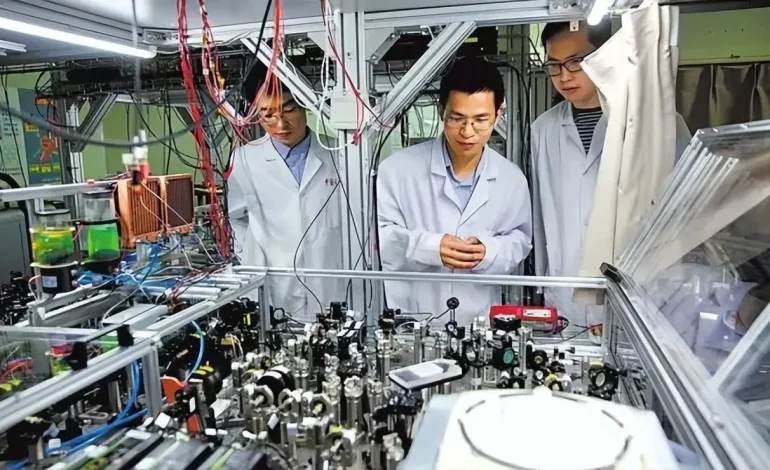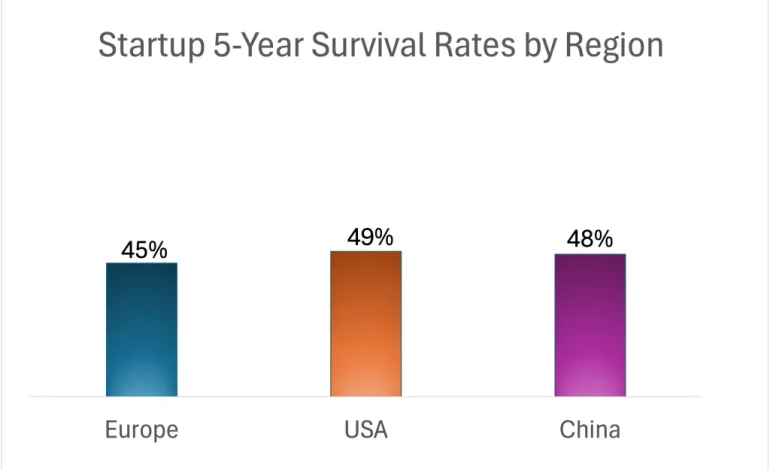China’s Quantum Leap: National Labs Join Forces for Global Edge

Introduction
China is consolidating its position as a global leader in quantum technology, leveraging collaboration between national laboratories, universities, and private firms. Recent partnerships focus on quantum computing, quantum communication, and quantum sensors to achieve breakthroughs with strategic, economic, and industrial impact. Analysts note that these efforts aim to secure technological sovereignty, enhance cybersecurity, and provide a foundation for AI and high-performance computing applications.
National Lab Collaborations and Policy Context
In September 2025, China’s Ministry of Science and Technology announced a coordinated plan linking the University of Science and Technology of China, Tsinghua University, and national laboratories to advance quantum research. This initiative provides funding, shared infrastructure, and cross-institution collaboration to accelerate applied quantum technologies.
The plan targets three strategic areas:
- Quantum Computing: Development of superconducting qubits, photonic chips, and hybrid quantum-classical architectures.
- Quantum Communication: Expansion of satellite-based quantum key distribution (QKD) and fiber-optic networks for secure communications.
- Quantum Sensors: High-precision instruments for healthcare, navigation, and industrial automation.
Analysts emphasize that integrating these national labs ensures faster knowledge transfer, reduced duplication of effort, and optimized resource allocation, providing China with a competitive edge in next-generation technology.
Impact on Industry and Innovation
The collaboration between labs has immediate implications for technology commercialization. Private companies such as Alibaba Quantum Labs, Baidu Quantum Computing, and Huawei Quantum Research are partnering with national facilities to accelerate practical deployment of quantum solutions. Analysts suggest that commercial applications include AI model optimization, secure cloud computing, autonomous vehicle sensors, and industrial automation.
Quantum computing breakthroughs are enabling faster simulation of molecular structures, energy systems, and AI algorithms. For example, researchers at USTC demonstrated a 256-qubit superconducting processor capable of solving computational tasks that previously took classical supercomputers weeks to complete in a matter of hours. These capabilities are expected to benefit sectors such as pharmaceuticals, materials science, and finance by accelerating innovation cycles.
Global Implications and Trade Impact
China’s quantum advancements are attracting international attention. Governments and multinational corporations are observing progress in quantum communication, particularly satellite-based QKD networks. Partnerships with BRI countries for secure communications infrastructure are emerging, strengthening China’s technological influence while enhancing trade and investment opportunities.
Global AI and cloud computing markets may also be impacted. Faster quantum computation can optimize machine learning models, enhance predictive analytics, and improve supply chain simulations, increasing the competitiveness of Chinese technology exports. Analysts indicate that countries dependent on Chinese quantum-enabled AI solutions could adjust trade and collaboration strategies accordingly.
Data
China’s Quantum Research Funding and Milestones
According to SCMP, government funding for quantum research reached $12.3 billion in 2025, a 17% increase from 2024. A professional chart mapping quarterly investment and key project milestones shows steady growth, with notable spikes following national policy announcements and lab collaboration agreements. This data demonstrates how sustained strategic investment directly accelerates innovation and strengthens China’s position in global quantum technology.

Expert Views
Dr. Zhang Hui, head of quantum research at Tsinghua University, stated, “Coordinating our national labs allows us to focus resources efficiently and develop quantum technologies at a pace comparable to global competitors. Collaboration between academia, government, and industry is key to translating theoretical breakthroughs into practical applications.”
Industry experts highlight that combined lab and corporate resources improve R&D efficiency, reduce costs, and accelerate deployment. Startups leveraging national lab facilities gain access to cutting-edge tools and talent, enabling rapid prototyping of quantum processors, sensors, and communication devices.
Strategic and Security Implications
Quantum communication has major implications for national security and financial infrastructure. Satellite-based QKD networks and fiber-optic quantum channels ensure secure transmission of sensitive data, protecting government, defense, and financial systems from cyberattacks. Analysts argue that these capabilities are critical as AI and cloud computing become increasingly central to economic and industrial growth.
Moreover, quantum sensors improve precision in navigation, industrial automation, and healthcare monitoring. Applications range from autonomous vehicles and drones to advanced medical imaging, enhancing both efficiency and global competitiveness.
Conclusion
China’s coordinated national lab initiative represents a strategic leap in quantum technology, positioning the country as a global leader in computing, communication, and sensing. Sustained investment, cross-institution collaboration, and integration with private sector R&D accelerate the practical application of these technologies. Data on funding trends highlights the government’s commitment to quantum research as a key driver of innovation. Analysts conclude that China’s quantum capabilities will influence global AI, cloud computing, and trade networks, reinforcing the country’s technological sovereignty and strategic competitiveness.





